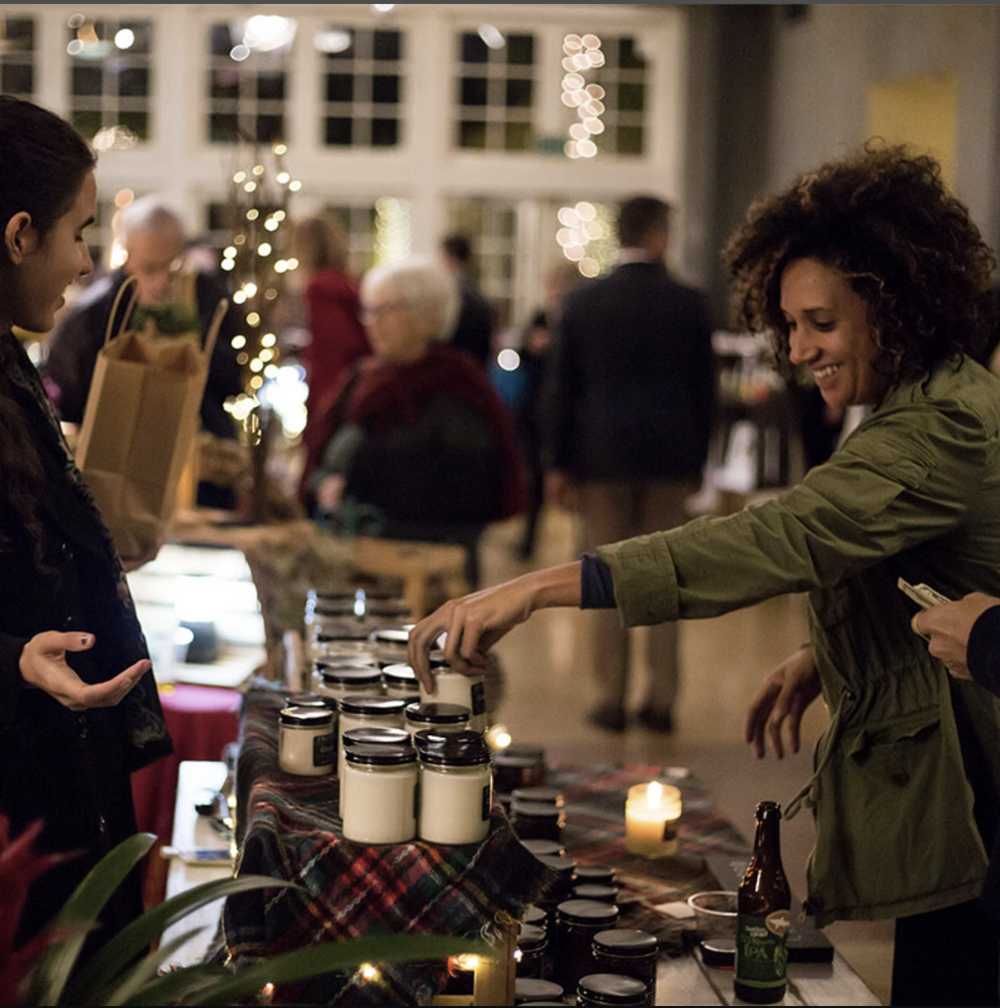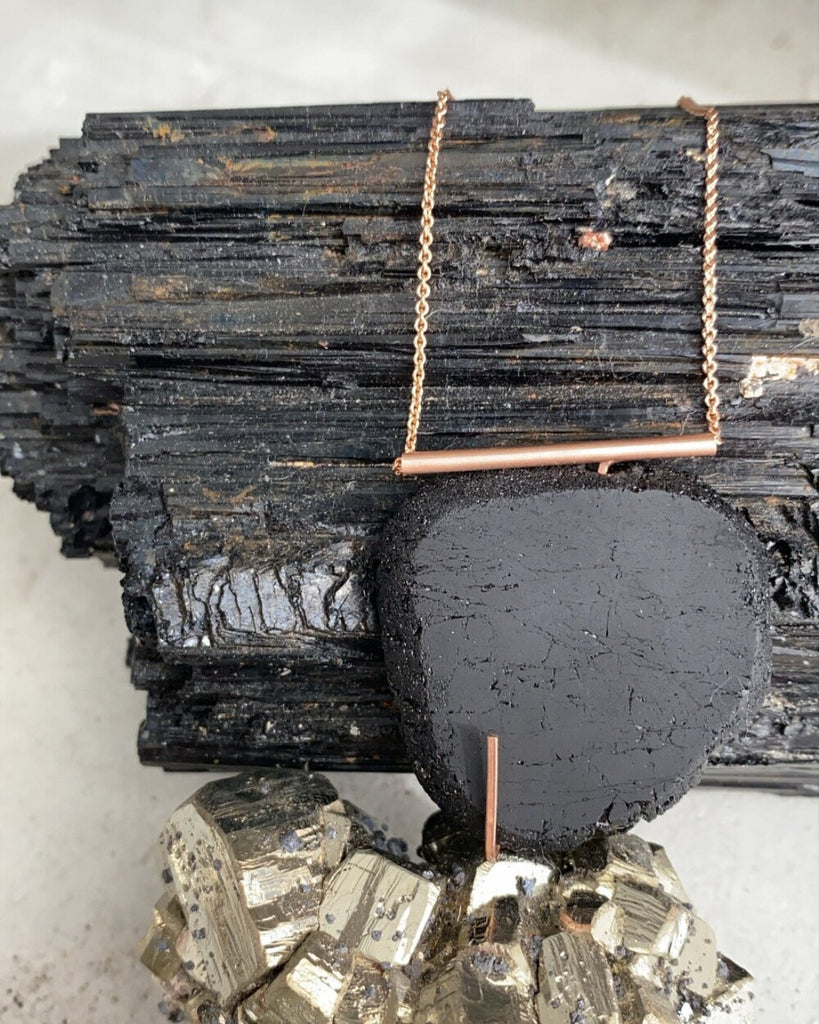Obstacles International
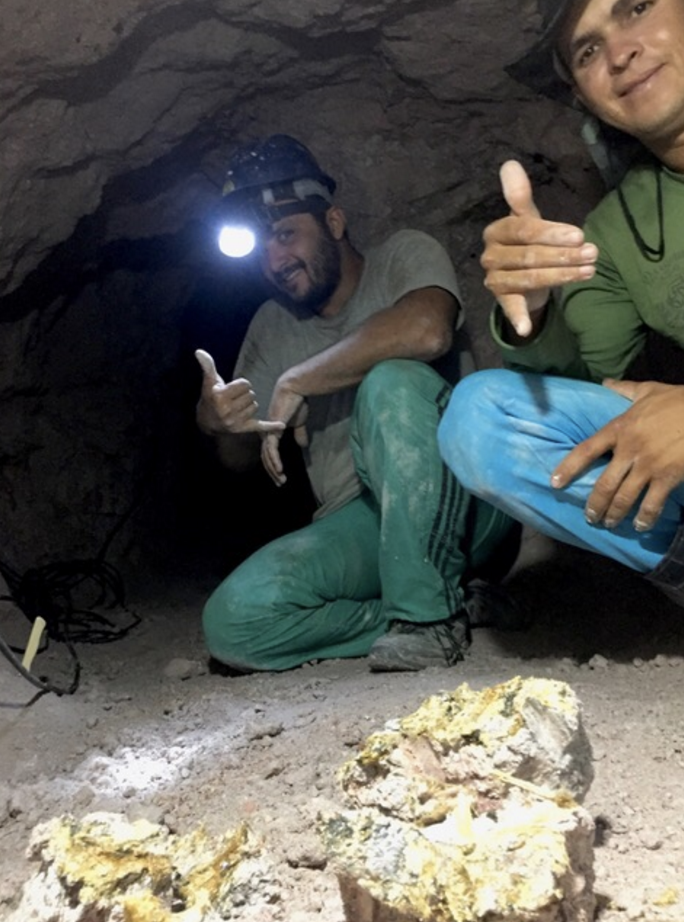
While we’re talking about how the industry has been evolving, there’s a newer development we can’t ignore as we look to the future. Now it’s time to address the elephant in the room and overarching effects of the coronavirus pandemic on the supply chain. As I write this under quarantine and you’re likely reading this from the comfort of your home too with the stay at home orders all over the world, it’s hard not to think of how the pandemic is affecting those further up our supply chain, often in remote and rural areas. Artisanal mining communities tend to be marginalized and underserved by governments, making them particularly vulnerable to the economic shock already underway as a result of COVID-19. Miners are also chronically exposed to dust and mercury vapor, potentially making them more vulnerable to the effects of respiratory infections like COVID-19.
With international travel being severely restricted, the very international gem trade had largely come to a sudden halt last month. With many East African and Southeast Asian countries taking swift actions to stop the spread of the virus, closing schools, banning gatherings, and temporarily shuttering businesses, it’s easy to see how this can have an effect on gemstone mining communities. With no buyers traveling in to purchase their wares for some time now and for an indefinite amount of time going forward, miners suddenly are left with no source of income. This economic standstill puts some miners and their families at risk of starvation and malnutrition as other jobs are currently unavailable to them. Schools closing also puts additional strain on families counting on government-provided school lunches to help feed their children as well as orphans or children without a safe home.
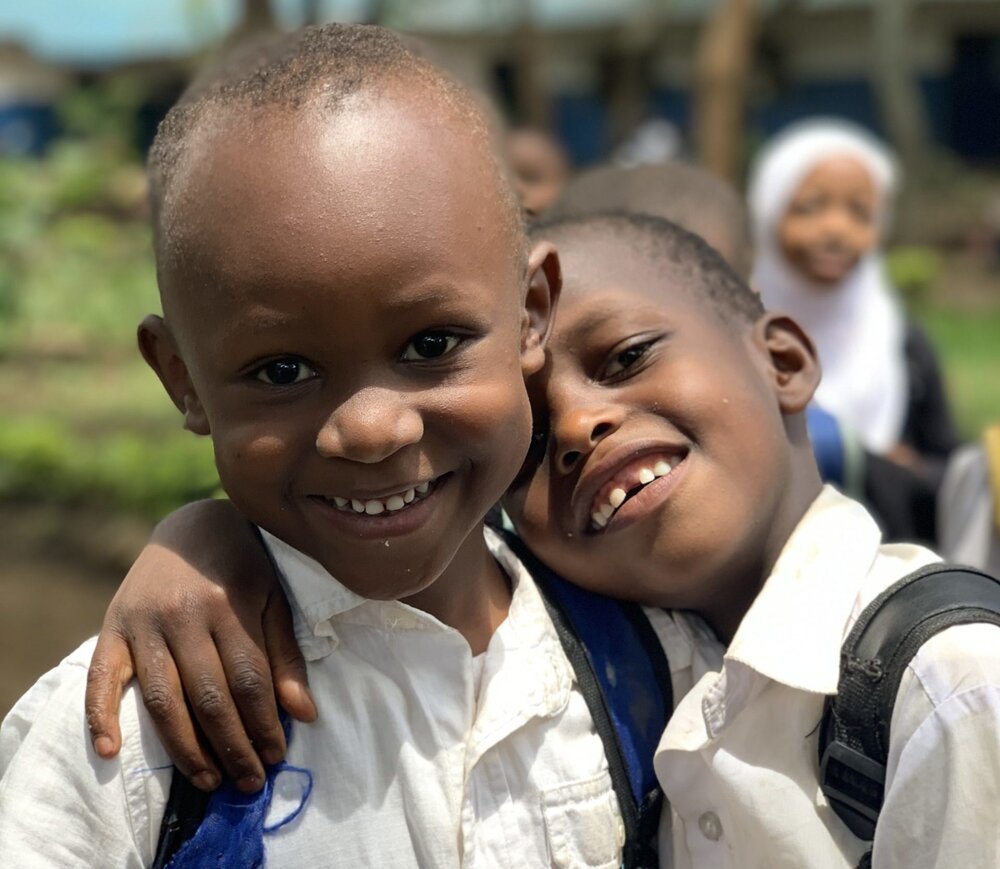
Gem Legacy is currently on the ground in Tanzania, helping provide food and sanitation supplies to the artisanal miners and their families as well as children and orphans in mining areas. From Rachel Dery, Gem Legacy’s director of communications and outreach (who is currently in Arusha, Tanzania), the needs in these areas right now are genuinely essentials for survival; food, water, and sanitation. They have identified children who are “at-risk” of malnutrition during the time of suspended government-funded school lunches, focusing on the Mwatate Children’s Home in Mwatate, Kenya, and Sanawari Primary School in Arusha, Tanzania.
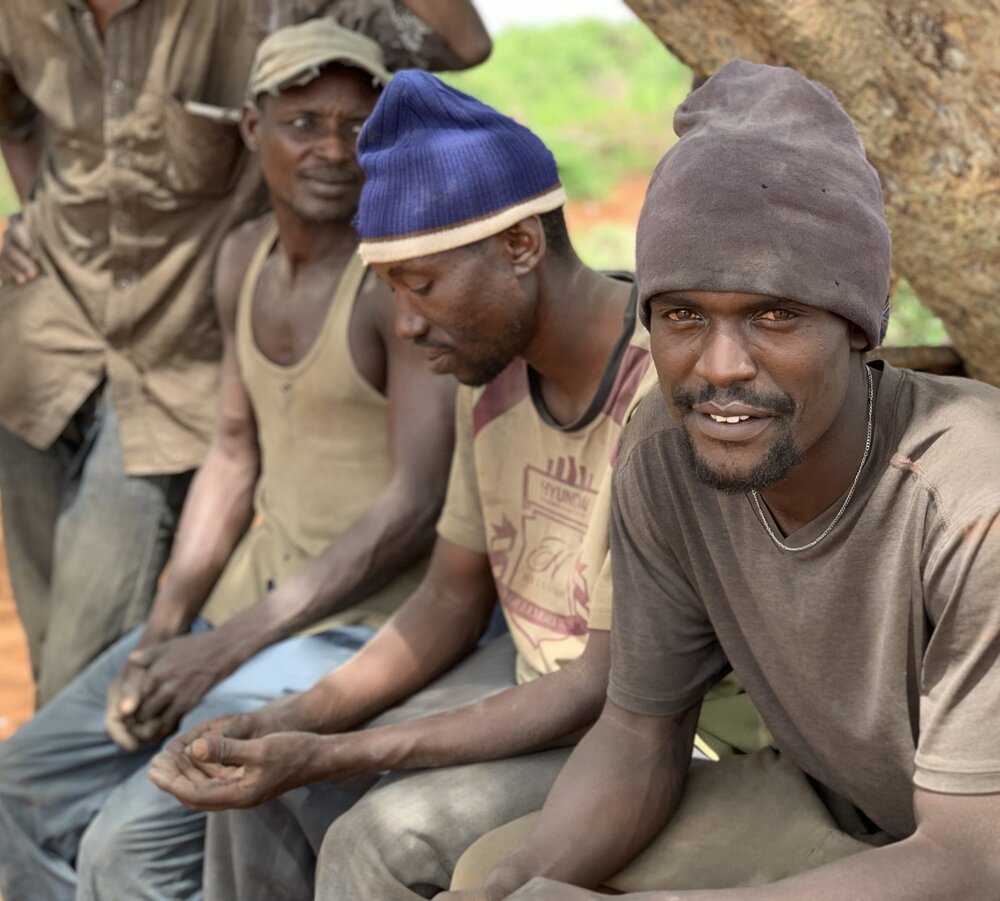
With gold prices skyrocketing in international markets, let’s take a look at how COVID-19 is impacting artisanal gold miners in South America, Africa, and Asia. In gold mining countries like Mongolia, COVID-19 hasn’t really disrupted mining activities, as aggressive measures were taken early on by the government to help curb the spread. However, school closures mean women miners are faced with gender-specific challenges, as they are also responsible for childcare and often have to weigh staying home with their children and losing income or taking their children to an active mine, knowing the risks. Gold producing countries throughout Africa and South America, however, are seeing major declines in field prices. While miners typically receive 3-5% less than the market price, as borders close and large refiners temporarily shutter, miners are being forced to sell their gold for steep discounts, 20-50% less than the market price often to the black market.
In gold mining areas of Columbia, like Choco, this liquidity crisis is close to becoming a humanitarian crisis. With its remote geography, lack of infrastructure, armed conflict in the area, and all of the area’s legal gold buyers shuttering due to the pandemic, this leaves miners at the mercy of black market buyers looking to take advantage. Miners reported to the Artisanal Gold Council they are receiving 47% below international market spot price and about 40% below the normal local price. Meanwhile, the cost of food staples like rice are rising up to 70% more than their pre-pandemic prices.
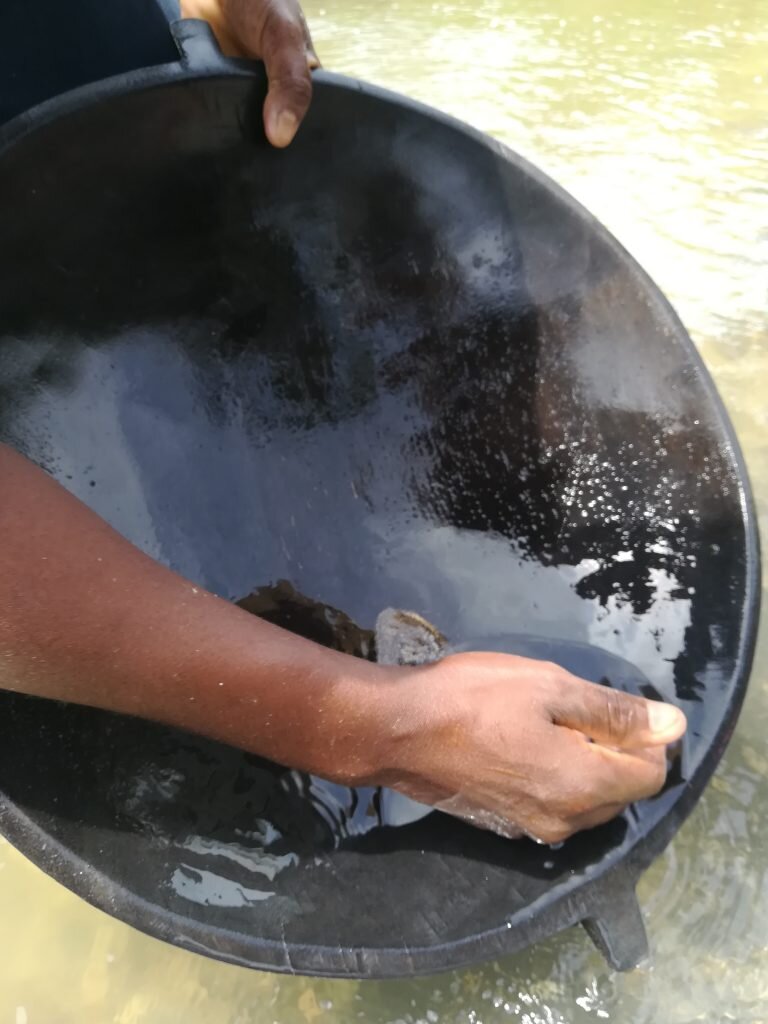
The Artisanal Gold Council also predicts that COVID-19 may lead to increased mercury use, and increased mercury pollution. Artisanal gold mining is currently the largest source of mercury pollution worldwide.
“This economic shock to mining communities does not provide the economic space to work towards the elimination of mercury use at their mines. Although non-mercury methods can be more profitable and yield more gold, they require more knowledge and capital investment, which are now in shorter supply. At the same time, these disruptions may likely affect the availability and price of mercury.”
With formal jobs in service and tourism industries drying up due to the pandemic, we may see a rise in the number of artisanal miners trying to earn an income. As unemployment grows, more households may move into mining regions. This mass employment shift may also lead to an increase in child labor to help support household income or replace family members in the mine who are sick or may have died from the virus.
The coronavirus pandemic nearly stopped the trade of gold and gems in their tracks, producing far-reaching effects. While these highlighted and exacerbated a lot of issues that artisanal miners face every day, we can’t turn our backs on mining communities. By supporting efforts like Gem Legacy’s COVID-19 emergency fund, we can help support miners during this time of crisis. By purchasing Fairmined gold, we can vote with our dollar and help miners earn fair pay and work safely without harming the environment, and invest in their communities. These may seem like small actions, compared to the scale of this pandemic, but just like the virus, it starts small.



